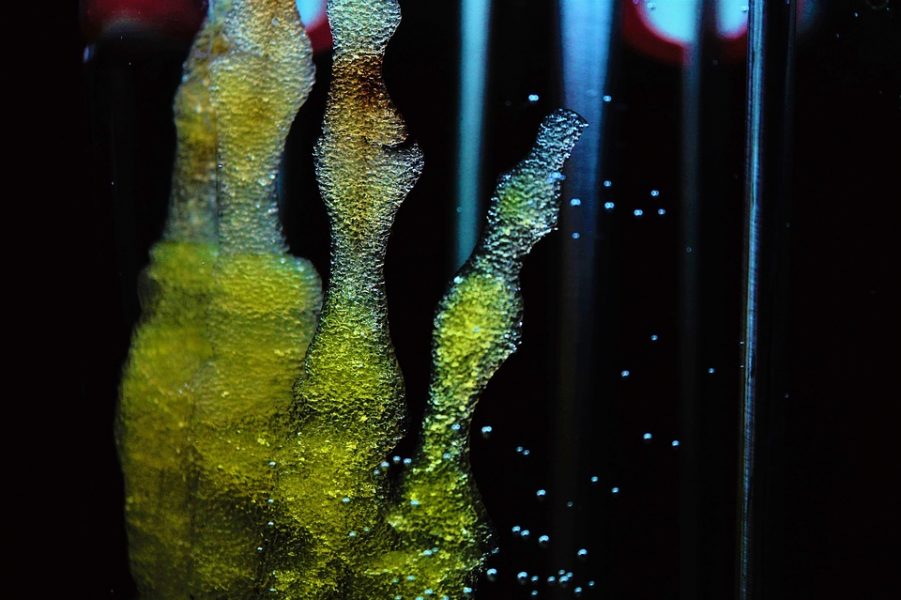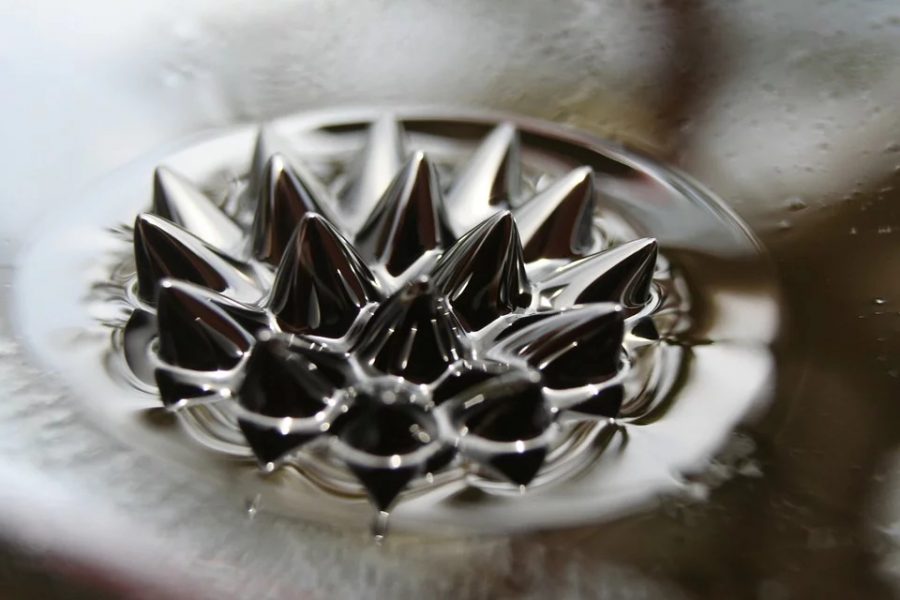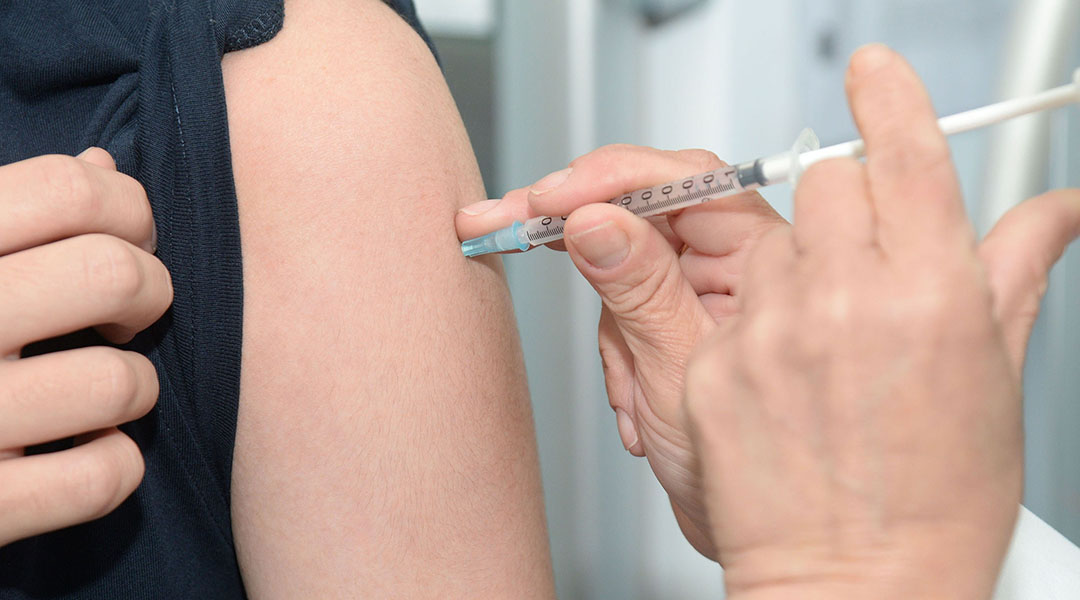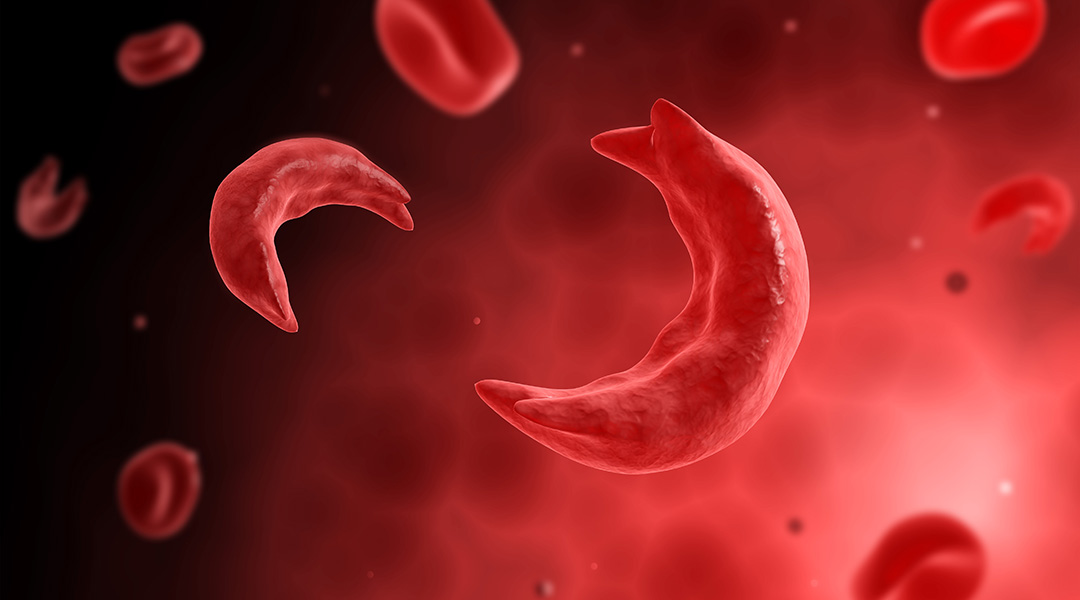Scientists take us a step closer to making cell transplantation a viable clinical option.


Scientists take us a step closer to making cell transplantation a viable clinical option.

Researchers have created a wearable device which offers unprecedented opportunities for joint rehabilitation.

Discotic liquid crystals could serve as organic power cables for novel electronic and opto‐electronic devices.

Programmable smart materials, which can be reversibly controlled through magnetically-induced heating and actuation.

Inspired by diving bell spiders, researchers created highly water-repellent metallic structures that could potentially be used to build unsinkable ships in the future.

Gilbert X. Gonzalez tells how his lab are working on influenza vaccines that can overcome the problems of the seasonal influenza vaccine.

Inactivating viruses from biopharmaceutical source materials can be achieved with detergents. However, the frequently used detergent Triton X-100 is ecotoxic and must be replaced with eco-friendly alternatives.

In 2019, CRISPR gene-editing therapy was used for the first time to treat sickle cell disease.

Researchers report flexible, conductive and waterproof fibers for wearable, underwater electronics.

By combining two types of memory arrays, researchers can accelerate image recognition for more efficient machine learning.